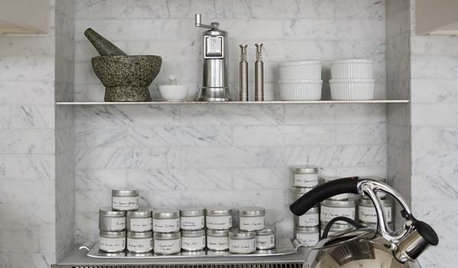Canning Cranberries
skeip
13 years ago
Related Stories

KITCHEN DESIGNA Designer Shares Her Kitchen-Remodel Wish List
As part of a whole-house renovation, she’s making her dream list of kitchen amenities. What are your must-have features?
Full Story
KITCHEN DESIGN24 Hot Ideas for Stashing Spices
Create a Mini Spice Pantry in a Wall, Drawer, Island or Gap Between Cabinets
Full Story





readinglady
digdirt2
Related Professionals
Carson Landscape Architects & Landscape Designers · Buford Landscape Contractors · Bedford Landscape Contractors · Byram Landscape Contractors · Conroe Landscape Contractors · Firestone Landscape Contractors · Lexington Landscape Contractors · Middleton Landscape Contractors · Stallings Landscape Contractors · Washington Landscape Contractors · Wickliffe Landscape Contractors · Vadnais Heights Landscape Contractors · Sebring Roofing & Gutters · Jefferson Hills Roofing & Gutters · Alameda Driveway Installation & Maintenancebusylizzy
zabby17
readinglady
tracydr
digdirt2
zabby17
2ajsmama
digdirt2
readinglady
oregonwoodsmoke
zabby17
2ajsmama
readinglady
zabby17
2ajsmama
tracydr
zabby17
readinglady
tracydr
zabby17
DeliaCrone
digdirt2
readinglady
morz8 - Washington Coast